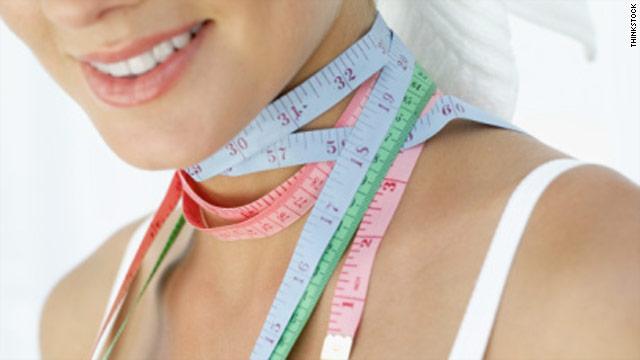It's been my honor to serve as the chairman of the Accreditation Committee for the last few years.
Tequesta, FL (PRWEB) February 27, 2014
Snoring and obstructive sleep apnea can cause serious medical problems. Obstructive sleep apnea can increase the risk for heart attack, stroke, diabetes and other serious illnesses. Choosing a sleep-disorders dentist who is qualified to work with your physician is essential to your health or the health of a loved one.
Many Snoring Isn’t Sexy dentists seek advanced education and accreditation through the American Academy of Dental Sleep Medicine (AADSM). AADSM Dental Sleep Medicine Facility Accreditation is a voluntary process created to recognize competency and delivery of optimal care to dental sleep medicine patients. By achieving AADSM accreditation, a facility displays to patients, medical professionals and reimbursement decision-makers that it meets the high standards necessary to provide quality patient care.
“I am honored to have achieved site Accreditation by the AADSM,” said Nancy Addy, DDS, Diplomate and President Elect of the American Board of Dental Sleep Medicine and Snoring Isn’t Sexy member. “It is visible proof, to referring physicians and patients, of my commitment to delivering the best Dental Sleep Medicine care to those seeking help in treating their sleep disorders with oral appliance therapy.”
To earn accreditation through the AADSM, practices must meet the quality measures outlined in the Standards for Accreditation of Dental Sleep Medicine Facilities. These Standards aim to ensure that an accredited facility demonstrates Proficiency, Practice and Professionalism regarding the treatment of patients with sleep-related breathing disorders.
Six Snoring Isn’t Sexy members have achieved this high level of proficiency, professionalism and quality patient care:
- Nancy Addy, DDS Leawood, KS
- Sheri Katz, DDS Decatur, GA
- Norman Blumenstock, DDS Monroe Township, NJ
- Michael Simmons, DMD Tarzana and Palmdale, CA
- Kent Smith, DDS Irving, TX
- John H. Tucker, DMD Erie, PA
For these six practices, the program represents an opportunity to distinguish their facility and increase local understanding and acceptance of dental sleep medicine.
About Snoring Isn’t Sexy
Snoring Isn't Sexy is a unique public awareness resource that patients can trust to find information about obstructive sleep apnea and the treatment options that are available. To ensure that patients visiting Snoring Isn’t Sexy find a trusted resource for snoring and obstructive sleep medicine, dentists who join must provide evidence of their competency in dental sleep medicine.
Snoring Isn't Sexy is a unique public awareness resource that patients can trust to find information about obstructive sleep apnea and the treatment options that are available. To ensure that patients visiting Snoring Isn’t Sexy find a trusted resource for snoring and obstructive sleep medicine, dentists who join must provide evidence of their competency in dental sleep medicine.
About the AADSM
The AADSM is the only nonprofit national professional society dedicated exclusively to the practice of dental sleep medicine. Dental sleep medicine focuses on the management of snoring and obstructive sleep apnea through the use of oral appliance therapy — an effective alternative treatment for patients who prefer it to CPAP. Once a patient is diagnosed with OSA by a board-certified sleep physician, a dentist trained in dental sleep medicine can provide treatment with oral appliance therapy.
The AADSM is the only nonprofit national professional society dedicated exclusively to the practice of dental sleep medicine. Dental sleep medicine focuses on the management of snoring and obstructive sleep apnea through the use of oral appliance therapy — an effective alternative treatment for patients who prefer it to CPAP. Once a patient is diagnosed with OSA by a board-certified sleep physician, a dentist trained in dental sleep medicine can provide treatment with oral appliance therapy.
Read more: http://www.digitaljournal.com/pr/1763155#ixzz2uda6UgXK





